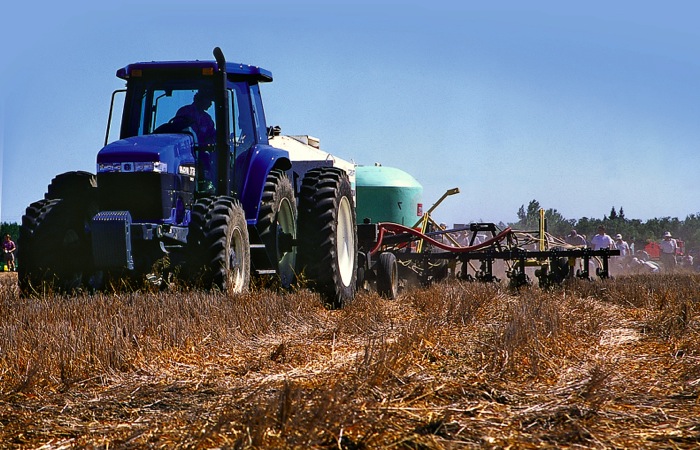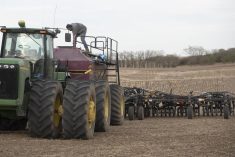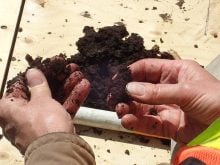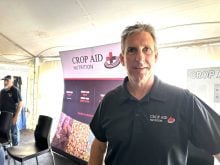Manitoba is not like other agriculture areas looking to implement 4R, the room heard during the latest 4R Nutrient Stewardship training workshop in Brandon Feb. 23.
The four Rs (right nutrient source applied at the right rate at the right time in the right place) form the backbone of Fertilizer Canada’s campaign to balance environmental pressures (such as scrutiny over greenhouse gas emissions and phosphorus in water systems) with cost-effective nutrient application.
“We need to keep farmers productive and economically sustainable… High yields are good for the environment,” John Heard, crop nutrition specialist, said. “High yields produce lots of carbon material and things like that and help build soil productivity or carbon back into the soil.”
Read Also

Still hard to predict precise fertilizer payback
Despite decades of advances, international research finds no clear answer for where and when adding nutrient will fail to boost growth.
Heard is among the experts looking to customize 4R for the cold soils, relatively high moisture and short growing season of Manitoba.
Crop rotations, fertilizer sources, injected rather than broadcast application, spring versus split timing and the importance of testing soils and tracking results were among the topics Feb. 23.
“It depends on their equipment available and their labour, of course, on their own farm,” Aaron Glen of the Brandon Research Station and 4R workshop presenter said.
Banding, or applying fertilizer in subsurface bands, was among the most common recommendations.
The practice was touted as a means to mitigate run-off phosphorus loss — an environmental issue that has come to a head between agriculture and the actors around Lake Winnipeg, which have pegged high nutrient levels for biochemical changes to the lake — volatilization, immobilization, and denitrification by slowing conversion of ammonium to nitrate in ammonium-based fertilizers.
In his own 2014-15 study, Glen found that two-inch banding decreased volatilization of urea, although results were more dramatic in 2015. Likewise, in a 2014 study, Glen found nitrous oxide emissions decreased from just under one kilogram of nitrogen per hectare in broadcast urea application to 0.4 kilogram of nitrogen per hectare with bands two inches deep. The same study found that broadcast SuperU, an enhanced efficiency fertilizer, turned similar nitrous oxide emissions to banded urea.
“If you don’t want to buy or can’t afford the more efficient or stabilized products, then that’s a source-type question. You could mitigate that with placement by banding rather than broadcasting,” Glen said. “Or, if you have to broadcast for your placement, for whatever reason, then mitigation for that would be the source, getting a SuperU or ESN, an enhanced efficiency product.”
Glen also recommended one-pass operations, planting and fertilizing simultaneously, when possible.















